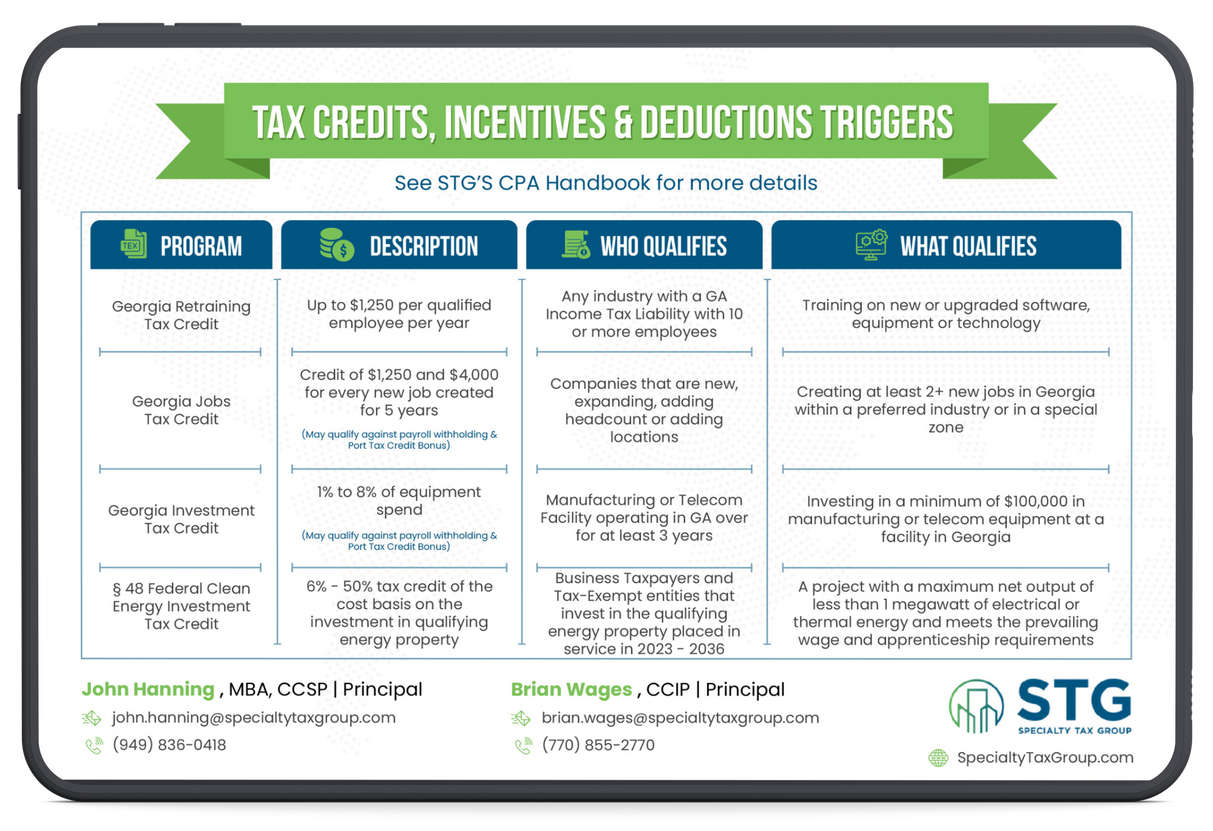This blog post has been researched, edited, and approved by John Hanning and Brian Wages. Join our newsletter below.

What Are 5 Types of Green Energy?
Green energy is a vital part of the collective efforts of countries and industries around the world to reach Net Zero carbon emissions and slow the harmful effects of global warming. Renewable energy generation is set to expand by over 8% and reach 8,300 TWh globally this year1. Green energy, also called renewable energy or clean energy, is produced from natural sources like the sun, wind, water and heat from the earth’s core and transforms it into usable energy such as fuel, electricity, and heating and cooling.
The renewable energy industry outlook for 2024 predicts continued strong growth in renewable deployment, driven by supportive policies like the Inflation Reduction Act in the US which provides tax credits and rebates for renewable installations and energy efficiency upgrades. The share of renewables in the global power mix is forecasted to reach 38% by 2027, with expected renewable capacity growth of almost 2,400 GW over 2022-2027.
The Main Types of Green Energy
Renewable energy harnesses power from sources such as the sun, wind, and heat from the earth’s core and transforms it into usable energy like fuel, electricity, heating and cooling. These five major types of green energy are seeing expanded use worldwide across industries looking to reduce carbon footprints.
Solar Energy
Solar energy is harnessed year-round and stored in specialty battery systems, with photovoltaic panels converting sunlight 10,000 times faster than electricity use. Solar powers heating, cooling, lighting and electricity in households and buildings. The Inflation Reduction Act provides tax credits to support further solar growth in the US.
Wind Energy
Wind energy is a top renewable in the US. Wind farms use turbines to capture wind kinetic energy and convert it into electricity. Advancements allow more energy production from taller turbines and larger rotors. Global wind capacity grew over 8% in 2022 and is expected to continue rapid growth.
Hydropower
Hydropower utilizes the movement of water from higher to lower elevations, usually in rivers and reservoirs, also providing drinking water, irrigation and flood control8. Climate change threatens hydropower, but growth is still expected to continue over the next five years.
Geothermal Energy
Geothermal uses heat extracted from the earth's surface, using wells and tunnels to access it, heating water into steam to generate electricity. New technologies like enhanced geothermal systems are enabling growth even in areas previously not suitable.
Bioenergy
Bioenergy produces heat and power from organic materials like crops and wood. It is essential for rural populations though must be balanced with forest conservation. New developments like biofuels present expanded future potential.
Achieving Net Zero requires combined efforts from all stakeholders globally. Governments incentivize renewable energy use through tax credits and other policies, while businesses save costs and protect the planet through adoption. As renewable generation expands over 8% in 2022, the outlook is bright for a more sustainable future through green energy.
Our experts at
Specialty Tax Group
can help you maximize the opportunity to take advantage of green tax credits and incentives.
Contact us today to learn more about how green energy can help save you money.
2024 Tax Guide





